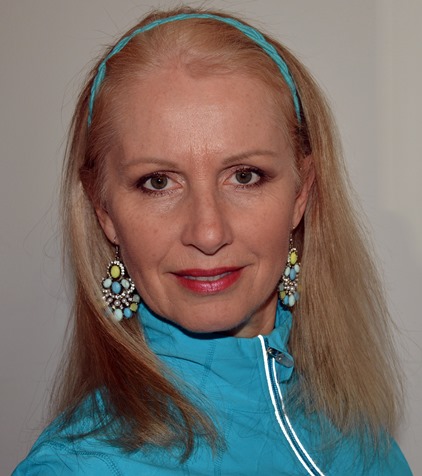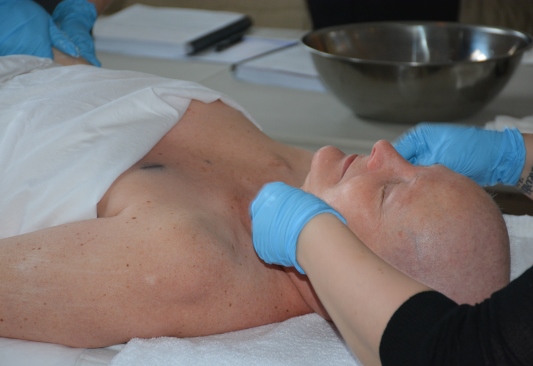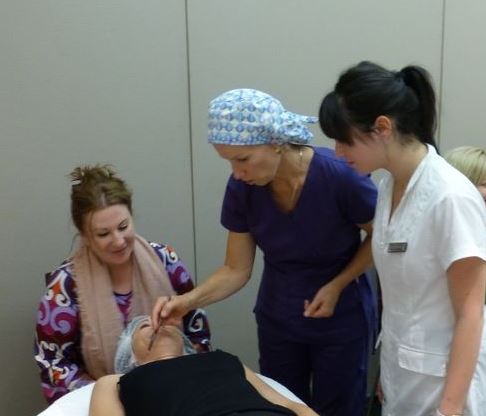Beauty salons which meet the growing demand for ‘oncology aesthetics’ are set to reap big dividends – emotionally and financially.
Speaking at the International Dermaviduals Symposium in Sydney, Morag Currin, the founder of Oncology Esthetics Foundation Training, said the number of cancer patients and cancer survivors was rising in Australia and around the world – and like everyone else “they want to look and feel good”.
Yet despite the growing numbers of cancer patients and survivors seeking beauty treatments, many salons were ill-equipped to cater to their ‘special needs’ ‒ particularly of those undergoing intensive treatments such as chemotherapy and radiotherapy.
Morag stressed however that with just “a bit of education” salons could adapt most of their treatments and products to suit most cancer patients and survivors.
“Without knowledge of the disease, treatment and side effects, beauty salon professionals (BSPs) do not know how to modify any services for people with cancer even though many studies have shown that beauty treatments benefit people with cancer.
“The evidence is clear that cancer patients have an improved quality of life and reduced depression when they feel better about their appearance.”

According to Morag, the key benefits of beauty treatments for cancer patients and survivors include:
- Relaxation – Cancer treatments can be invasive so BSPs can offer up non-invasive services. Cancer patients like all people require touch to thrive
- Symptom relief – Gentle massage can help alleviate symptoms such as pain, stress and fatigue
- Appearance recovery – here are lots of people undergoing cancer treatments whose ‘normal’ appearance is compromised. BSPs can help improve a client’s appearance with skin treatments, brow ‘reconstruction’ and makeup ‘lessons’.
Oncology Aesthetics Foundation Training teaches BSPs about cancer, its treatment and side effects as well as how to modify salon services for patients and survivors.
Training modules include:
- Salon setting and services – what services can and cannot be performed
- Psycho-social – How to communicate better with clients diagnosed with cancer
- Massage modification
- Business practices – how to market oncology aesthetics
- Ingredients/products – what’s safe to use and what’s not
Morag concludes that salon owners “should take a good look at their business and evaluate how they can ethically contribute to improving the quality of life of people undergoing cancer treatments”.
“Having specifically-trained oncology aesthetics professional can prove to be a great way to build up the business, while contributing ethically to the local community.”

“In addition all beauty therapists should be aware that they can also be involved in making a positive difference to people with cancer,” she said.
“The [beauty therapists] should not refuse a service and humiliate the person just because she wants to be treated as a normal being.
“BSPs also need to see what is happening with statistics for cancer ‒ it is very likely they have cancer survivors in their client base already.”
Morag will return to Australia in October to conduct oncology aesthetics training courses.
For more information visit www.oti-oncologytraining.com/

